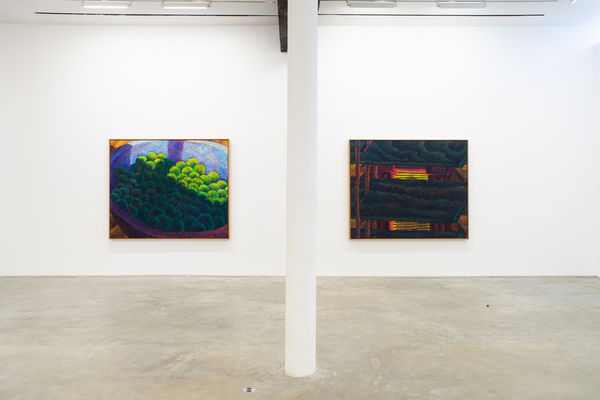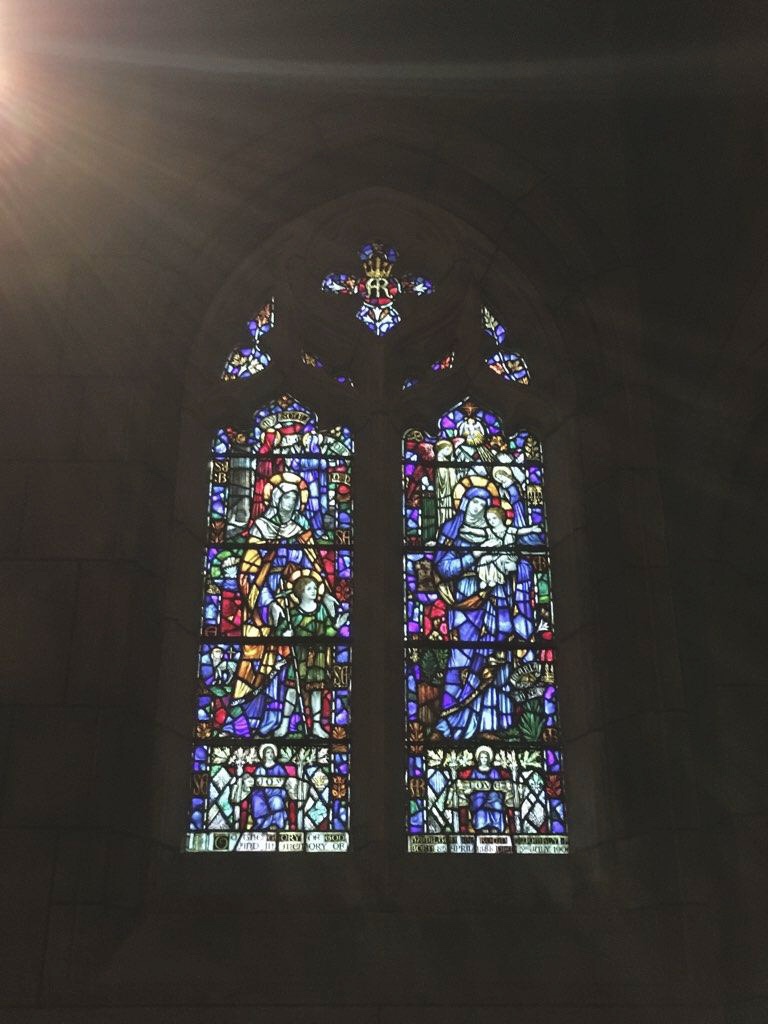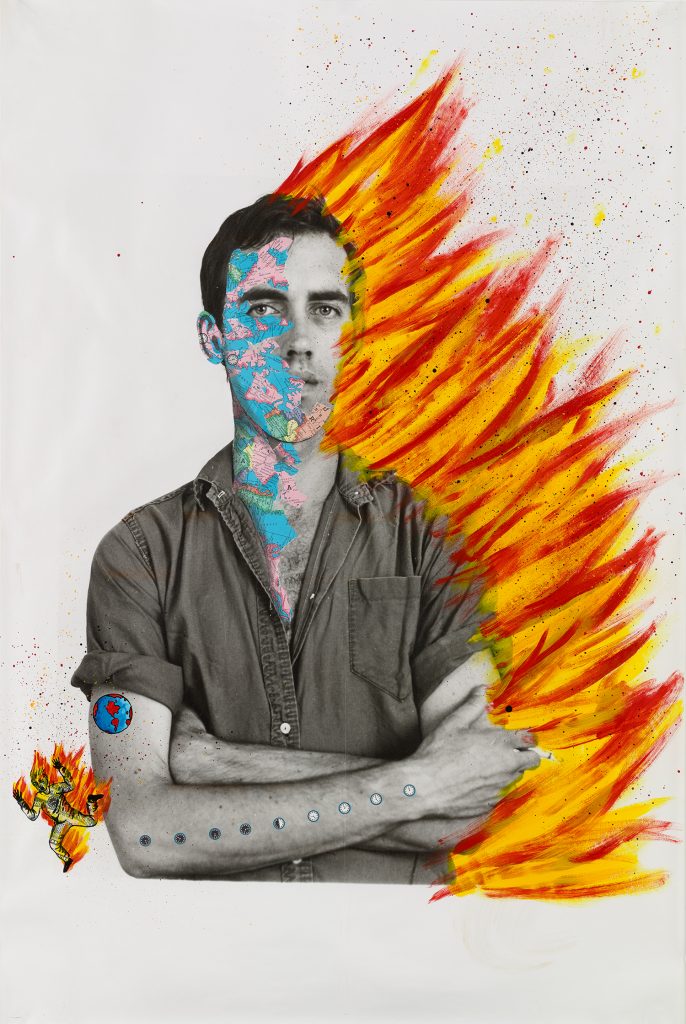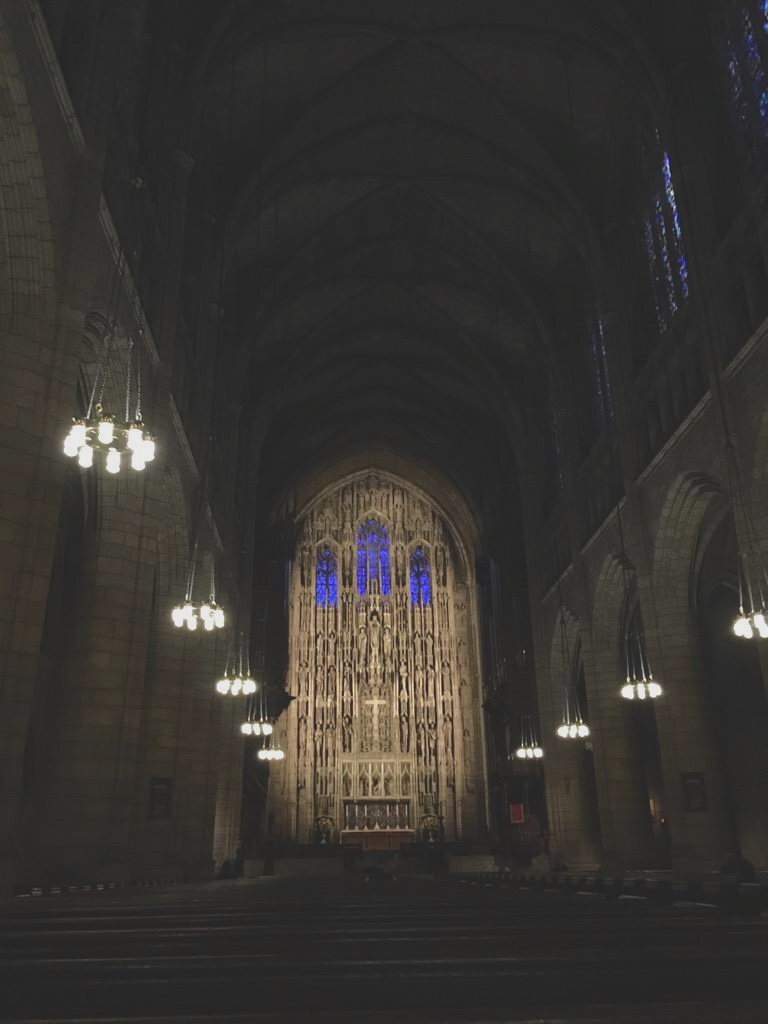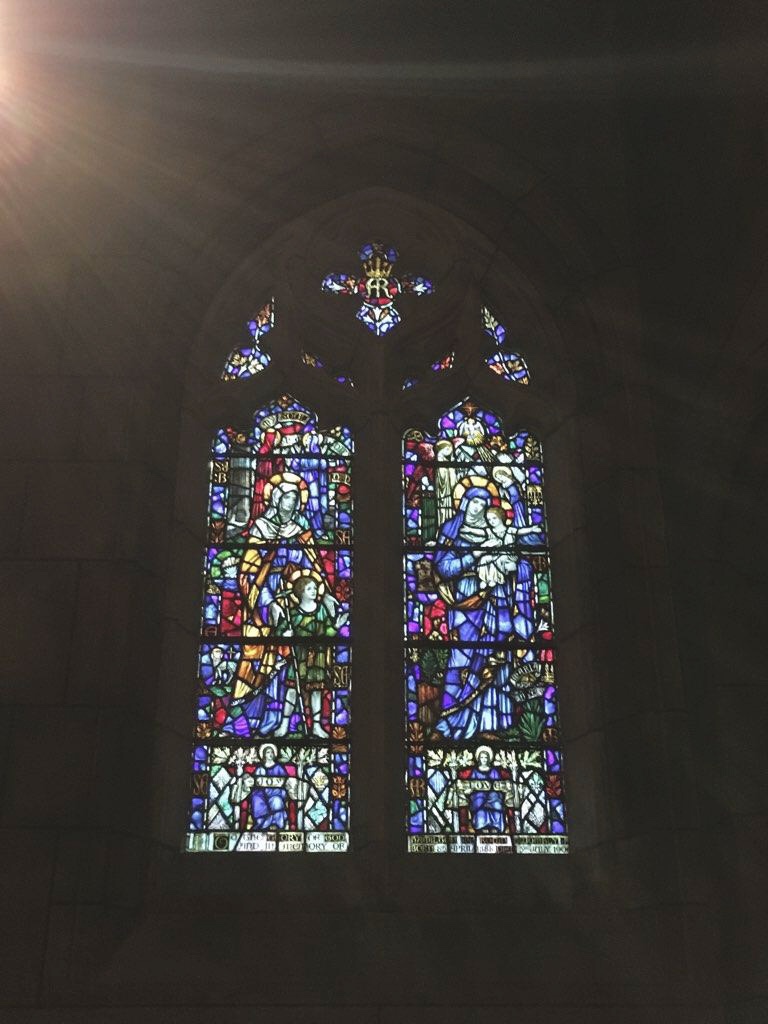Last week, we met with curator Lumi Tan of The Kitchen! The Kitchen is a multidisciplinary, non-profit art space, hosting both gallery spaces for fine art as well as theaters for performance art, concerts, etc. The Kitchen has a long history in the New York contemporary art scene, having now existed for five decades since it was founded in 1971 as an artist collective primarily for the new realms of video and performance arts. With such a long history, star artists now essential to the art history pantheon have had their careers launched at The Kitchen, such as Cindy Sherman, Robert Mapplethorpe, as well as famous musicians having performed there early in their careers such as Philip Glass.
In the future if things go back to “normal” and The Kitchen is operating normally again, I’m thrilled at the prospect of visiting. I love that this is a space for art’s sake, without the interference of money or the art market due due its non-profit nature. As these are works, pieces, and performances are made without the intention of being sold, I’m sure there’s potential for unbridled creativity instead of giving into the whims of what’s wanted in the market currently. And as someone who isn’t familiar with theater and performance art, I’m really excited to dive into these worlds, especially in a space that’s also tied to the more familiar visual/fine arts.

Not having met with a curator yet, I was a bit intimidated going into the meeting, but it was very casual and Tan was extremely friendly and down to earth! She delved into her career beginnings, having graduated with a BA in art history, then working for-profit gallery jobs/internships, such as one abroad in France. She then began an internship at MoMA PS1, then gaining a full-time curation position there. It was really interesting and actually heartening to hear that she had never finished her graduate studies degree but nonetheless obtained these curation positions at PS1 and The Kitchen. I feel as though most jobs today in academia, the art world, etc. require multiple degrees (often for low pay and are extremely competitive), but it’s good to see that some employers value experience, skills, etc. rather than only degrees, especially in such regarded institutions. She also talked a bit about what a regular day at her job might be like, separating her days into two groups with the first involving installing shows/doing tech for performances, and the other days involving visiting artist studios as well as doing more administrative work such as fundraising, outreach, and thinking of future projects. I really admire how much she has on her plate in terms of the jobs she does at The Kitchen, but it also seems like two entirely different worlds curating fine art shows versus performances.

